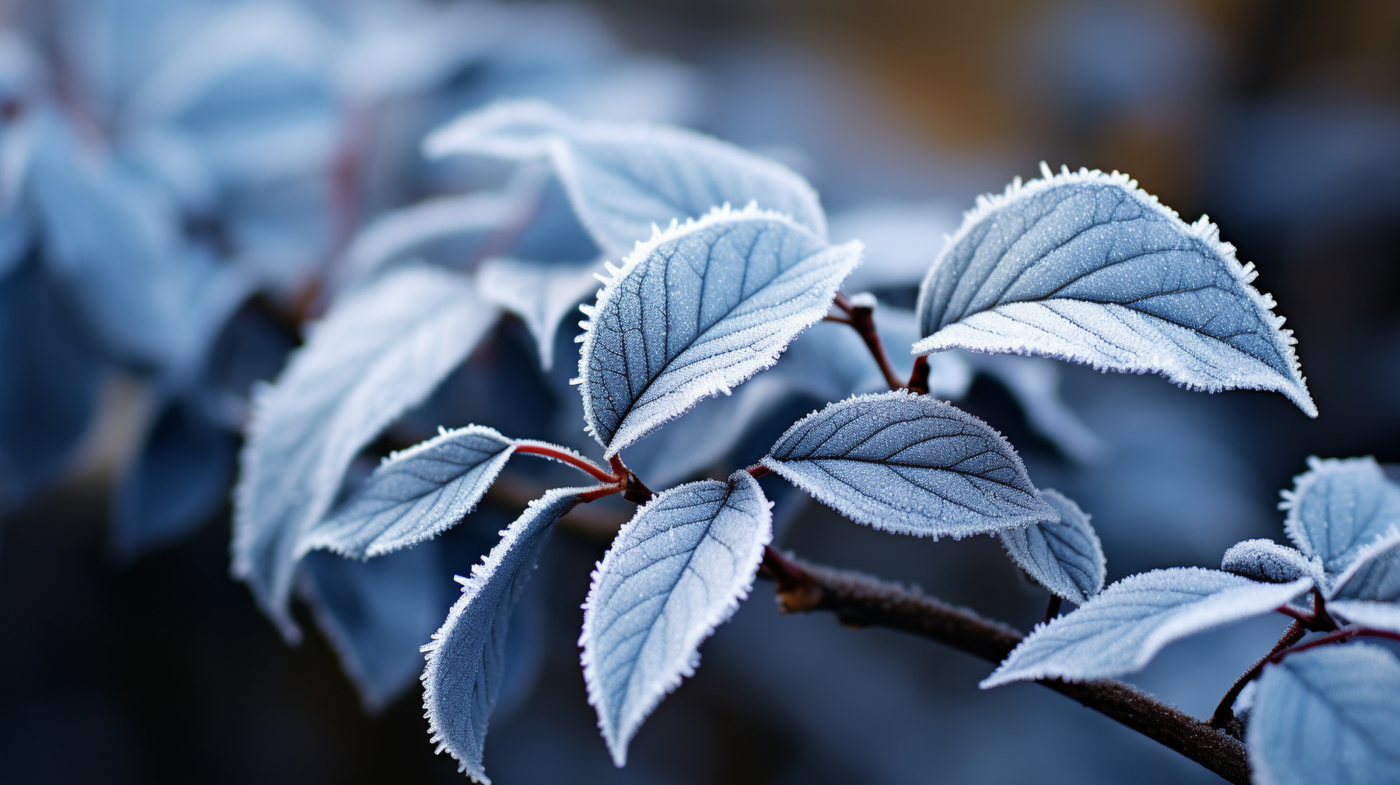
- Soil Preparation: Test and adjust pH.
- Weed Control: Remove weeds; use mulch.
- Winter Fertilization: Apply potassium-rich fertilizer.
- Cool-Weather Grass Seed: Sow suitable seeds.
- Protective Coverings: Mulch or burlap plants.
- Debris Removal: Clear fallen leaves and dead plants.
Soil Preparation: Begin by testing the pH levels of your soil. This can be done using a simple soil test kit available at garden centers. Most plants thrive in a pH range of 6.0 to 7.0, but some plants have specific needs. If the pH is too high or too low, amend your soil with the appropriate materials. For acidic soils, adding lime can help raise the pH. Conversely, for alkaline soils, sulfur or peat moss can help lower it. Proper soil pH ensures that plants can efficiently absorb nutrients, leading to healthier growth in the spring.
Weed Control: Weeds can compete with your garden plants for essential nutrients and water, and they can also harbor pests and diseases. Before the first frost, thoroughly weed your garden beds and remove any weed roots to prevent them from regrowing. Consider applying a layer of mulch to suppress weed growth and conserve moisture. A clean garden is a healthier garden, so regularly inspect and manage weeds throughout the winter.
Winter Fertilization: Strengthen your lawn and garden plants by applying a potassium-rich fertilizer as winter approaches. Potassium enhances a plant’s ability to withstand cold temperatures and supports overall vigor. Look for a fertilizer with a high middle number in the N-P-K ratio (e.g., 10-10-20) which indicates high potassium content. Apply this fertilizer according to the package instructions to ensure your plants are well-nourished and better prepared for winter.
Cool-Weather Grass Seed: If you need to overseed or establish new grass in your lawn, select a seed variety that is suitable for cooler temperatures. Look for grass types like Kentucky bluegrass, fescue, or ryegrass, which are known to thrive in cooler climates and can establish root systems before the cold weather sets in. Sow the seeds according to the recommended guidelines for best results and to ensure a lush lawn come spring.
Protective Coverings: As temperatures drop, some plants may need extra protection from the cold. Cover delicate plants with mulch, straw, or burlap to insulate their roots and shield them from harsh winter winds. This covering helps regulate soil temperature and prevents frost damage. For plants in containers, consider moving them to a sheltered location or wrapping their pots with insulating materials.
Debris Removal: Keeping your garden clean is crucial for maintaining its health. Remove fallen leaves, dead plants, and other debris from your garden beds. Debris can trap moisture, creating an environment conducive to fungal diseases and pests. Clearing out debris also ensures that rain and snow can properly penetrate the soil, providing essential hydration and nutrient absorption for your plants.

How to Apply Mulch to Your Garden
For optimal performance, mulches should be applied to your garden at a depth of 75mm, or no less than 50mm thick. At this depth, mulch will effectively suppress weeds and provide excellent water retention, preventing soil evaporation.
Before applying mulch, consider your soil’s natural characteristics:
- Nutrient Enhancement: It’s recommended to apply a fertilizer to your soil before adding mulch to ensure adequate plant nutrition.
- Improving Drainage in Heavy Clay Soil: If you have heavy clay soil, improving its drainage is essential. Adding a sandy loam type soil can help in this situation.
- Enhancing Water Holding Capacity in Sandy Soil: For water-repellent sandy soils, improve water retention by adding a good Organic Garden Mix.
Addressing Water Repellent Soils:
Over time, and especially during drought conditions, soils can become water-repellent, causing water to run off rather than soak in. To correct this before applying mulch, you can:
- Add Organic Material: Incorporate Greenlife Mulch and Compost or Nitro Humus into the soil, creating a mixture that is 25% compost by volume. Adding organic matter acts like a sponge, holding moisture in the soil, helping water penetrate deeper, and promoting deep plant root growth and development.
- Use a Wetting Agent: A wetting agent, which is a detergent-based product, breaks the surface tension of the soil and helps water soak in. This can be done in conjunction with adding organic matter for excellent results.
After making these adjustments, be sure to water the soil thoroughly and keep watering for one week to rehydrate the soil and support your garden’s growth.
